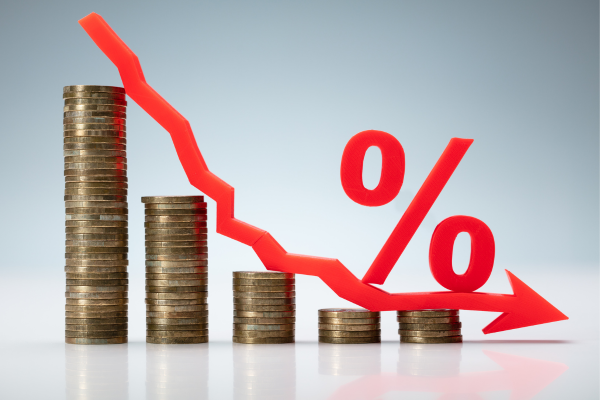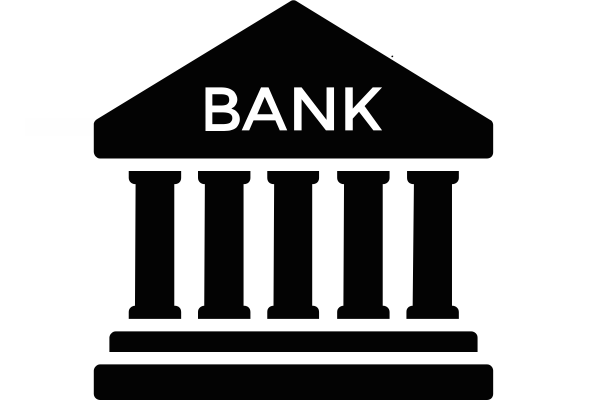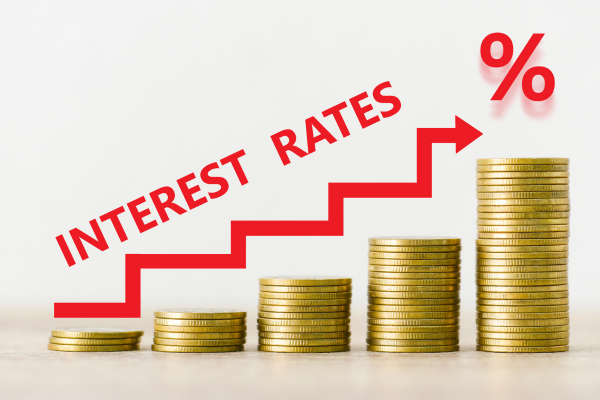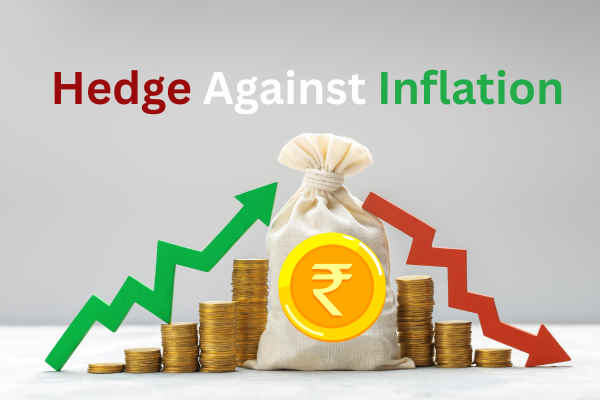The Impact of Interest Rates on Bond Prices is a crucial concept for investors. When interest rates rise, bond prices fall, and when rates decline, bond prices increase. This inverse relationship affects both new and existing bond investments. Understanding The Impact of Interest Rates on Bond Prices helps investors make informed decisions about buying or selling bonds. Factors like inflation, economic policies, and central bank decisions play a key role in these fluctuations. Whether investing in government or corporate bonds, knowing how interest rate changes affect their value is essential for building a stable and profitable fixed-income portfolio.
Table of Contents
Understanding Bonds and Interest Rates
What Are Bonds?

Bonds are fixed-income securities issued by governments, municipalities, and corporations to raise capital. When you buy a bond, you are essentially lending money to the issuer in exchange for periodic interest payments (coupon payments) and the return of the bond’s face value (principal) at maturity. Bonds are considered less risky than stocks, making them a popular choice for conservative investors seeking steady income.
Interest Rates and Bond Prices: The Inverse Relationship
The Impact of Interest Rates on Bond Prices is based on a fundamental principle of fixed-income investing: when interest rates rise, bond prices fall, and when interest rates fall, bond prices rise. This inverse relationship exists because the fixed interest payments from existing bonds become more or less attractive depending on the current interest rate environment.
Why Interest Rates Affect Bond Prices

The reason behind this inverse relationship lies in the concept of opportunity cost. When interest rates rise, new bonds are issued with higher coupon rates, making existing bonds with lower coupon rates less attractive. Investors will only buy these existing bonds at a discount, reducing their market price. Conversely, when interest rates fall, existing bonds with higher coupon rates become more attractive, and their market price increases.
How Interest Rate Changes Affect Different Types of Bonds
Short-Term vs. Long-Term Bonds
The sensitivity of bond prices to interest rate changes, known as duration, varies based on the bond’s maturity. Long-term bonds are more sensitive to interest rate changes than short-term bonds. This is because long-term bonds have more interest payments remaining, so a change in rates has a more significant impact on their overall value.
Fixed-Rate vs. Floating-Rate Bonds
Fixed-rate bonds have a constant interest rate throughout their life, making them more vulnerable to interest rate changes. Floating-rate bonds, on the other hand, have interest rates that adjust periodically based on a reference rate, such as LIBOR. As a result, floating-rate bonds are less sensitive to interest rate changes.
Investment-Grade vs. High-Yield Bonds
Investment-grade bonds, issued by entities with strong credit ratings, are generally more sensitive to interest rate changes than high-yield bonds. High-yield bonds, issued by entities with lower credit ratings, are influenced more by credit risk than interest rate risk. However, The Impact of Interest Rates on Bond Prices still affects high-yield bonds, albeit to a lesser extent.
Factors Influencing Interest Rates
Central Bank Policies

Central banks, such as the Federal Reserve in the United States, play a crucial role in determining interest rates. Through monetary policy tools like setting the federal funds rate, central banks influence short-term interest rates, which in turn affect bond prices.
Economic Indicators

Economic indicators, such as GDP growth, inflation, and employment rates, also influence interest rates. For example, strong economic growth and rising inflation typically lead to higher interest rates as central banks tighten monetary policy to prevent the economy from overheating.
Market Demand and Supply

The demand and supply of bonds in the market impact their prices and yields. When demand for bonds is high, prices rise, and yields fall. Conversely, when supply exceeds demand, bond prices fall, and yields rise. Changes in interest rates can shift demand and supply dynamics, affecting bond prices.
Strategies for Managing Interest Rate Risk
Diversification
Diversifying a bond portfolio across different maturities, issuers, and sectors can help mitigate interest rate risk. By holding a mix of short-term and long-term bonds, investors can balance the sensitivity of their portfolio to interest rate changes.
Laddering
Laddering involves creating a portfolio of bonds with staggered maturities. This strategy allows investors to reinvest maturing bonds at current interest rates, reducing the impact of interest rate changes on the overall portfolio.
Duration Management
Managing the duration of a bond portfolio is another effective strategy for handling interest rate risk. Duration measures a bond’s sensitivity to interest rate changes. By adjusting the duration of their portfolio, investors can control their exposure to interest rate fluctuations.
Floating-Rate Bonds
Investing in floating-rate bonds can help reduce interest rate risk, as their interest payments adjust with changes in market interest rates. These bonds are less sensitive to interest rate changes compared to fixed-rate bonds.
Interest Rate Derivatives
Sophisticated investors may use interest rate derivatives, such as interest rate swaps and futures, to hedge against interest rate risk. These financial instruments can help manage the impact of interest rate changes on bond portfolios.
Case Studies: The Impact of Interest Rates on Bond Prices
The 2008 Financial Crisis
During the 2008 financial crisis, central banks around the world, including the Federal Reserve, slashed interest rates to near-zero levels to stimulate the economy. This led to a significant increase in bond prices, particularly for long-term bonds, as investors sought safe-haven assets.
The Taper Tantrum of 2013
In 2013, the Federal Reserve hinted at tapering its bond-buying program, causing a sharp rise in interest rates and a corresponding drop in bond prices. The “Taper Tantrum” highlighted how changes in monetary policy expectations can lead to volatility in the bond market.
The COVID-19 Pandemic
The COVID-19 pandemic prompted central banks to lower interest rates and implement massive bond-buying programs to support the economy. This resulted in a surge in bond prices, particularly for government bonds, as investors flocked to safe assets amid economic uncertainty.
The Impact of Interest Rates on Bond Prices
Understanding The Impact of Interest Rates on Bond Prices is essential for bond investors. The inverse relationship between interest rates and bond prices underscores the importance of monitoring interest rate trends and managing interest rate risk in a bond portfolio. By employing strategies such as diversification, laddering, duration management, and investing in floating-rate bonds, investors can navigate the complexities of the bond market and make informed decisions.
Understanding The Impact of Interest Rates on Bond Prices is crucial for investors navigating changing economic conditions. Historical events like the 2008 Financial Crisis, the 2013 Taper Tantrum, and the COVID-19 Pandemic illustrate how interest rate fluctuations directly affect bond values. Rising rates generally lead to declining bond prices, while falling rates boost them. By analyzing these case studies, investors can make informed decisions, adjusting their portfolios accordingly. A strategic approach to bond investments can help mitigate risks and optimize returns amid interest rate changes.





